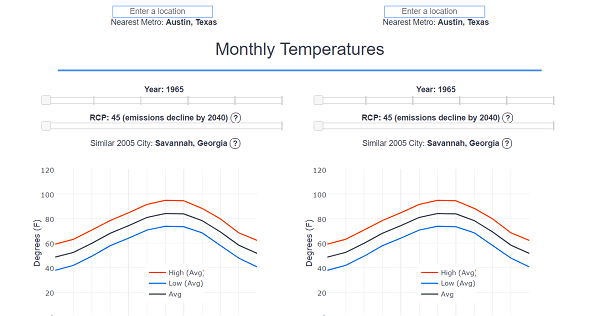

We go to parks, shade from trees lowers the UV. This is not the usual kind of environment that we spend our time outdoors in.

The UV Index is measured under open skies, with no light-reflecting structures or shade around. The forecast is only for direct sunlight under open skies The UV Index that we personally experience can be either lower, or higher than the forecast depending on the time of the day and whether we are facing the sun or away from it. When outside, most of us are upright - whether it’s walking, driving or biking. It’s safe to say that most of us don’t have the luxury of spending our time in this position. If you had to be experiencing the forecasted amount of UV, you would have to be lying flat on your back on the ground under the open sky. Not very helpful, is it? The UV Index is measured laying flat on the ground Imagine having to go out for a jog, and having to make a decision on how long you want to stay outside - based on a reading of “High” or “Very High”. But at a UV Index of 5, this safe limit doubles to 40 minutes. For example, at a UV Index of 10, most Caucasians would sunburn in under 20 minutes, without using sunscreen. This might sway the decision to apply sunscreen, but it does not provide much guidance about safe amounts of time to spend in the sun. Many forecasts don’t give you a numberĪ number of forecasts, especially on television, will just provide generic wording such as “Very High”, “High”, or “Moderate”. However, using it to make other decisions, such as when to go out and how much time to spend outside, is not a good option. The forecast is useful as a guide to certain choices, such as whether to apply sunscreen, or wear that pair of sunglasses when going out. Whether it’s from your local news channel or the weather app on your phone, information about the UV Index forecast is available at your fingertips. You’re probably already familiar with the UV Index forecast. It’s also on a simple scale of 0 to 12, with accepted guidance for different levels. Developed by doctors in 1987, it accounts for the way high-energy UV (UVB) affects us differently from low-energy UV (UVA). The UV Index is a convenient way to understand the strength of UV as related to our health.
Sun index compare cities android#
The UV Index forecast on iPhone and Android


 0 kommentar(er)
0 kommentar(er)
